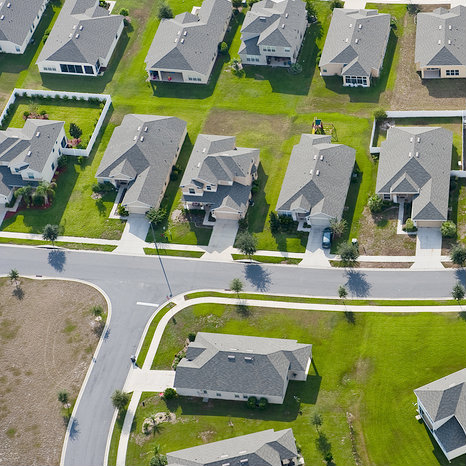Cities with No Children
Anonymous
| What is the source for the 15% decline in birth rates? |
Anonymous
Not sure this is true in many WOTP areas—these neighborhoods seem to have a good amount of kids and the elementary schools are packed to capacity. |
Anonymous
Well, not anecdotally: "According to a study in 2012 by the Trust for Public Lands, the most playground-friendly city in America is Madison, Wis., with a total of 7.1 playgrounds for every 10,000 residents. Cincinnati is second, with 5.1. By this yardstick, some of the more successfully gentrifying cities in America in recent years have abysmal numbers. New York City stands at 2.1 playgrounds per 10,000 residents; Chicago, at 1.9; Washington, D.C., at 1.7; San Francisco at 1.6 and Los Angeles close to the bottom at 1. If you plot the percentage of children in a big city against the number of playgrounds, you nearly always get a correlation. This is not to say what causes what, but it does make clear that quite a few cities desiring a reputation for family friendliness have failed to address a simple problem that is limiting their attractiveness to young families." |
Anonymous
Logically, if DC is losing kids overall, that gap has to be made up somewhere outside of WOTP. |
Anonymous
|
Funny, the first thing I thought of when I read the title of this thread was how I experienced Capitol Hill when we first bought there (1996).
I remember telling my ILs (who lived in NoVa) that the only time I see children is when I come to visit them. |
Anonymous
Many educated people move out of cities when they have kids. Things are not set up well for young families. |
Anonymous
| I can assure you that NYC is not emptying out at any rate, it's as crowded as always and the infrastructure is crumbling unable to support all the residents and especially their need for transportation, recreation, jobs, education, etc. There are lines everywhere, subways are as crowded as ever, highways are clogged and need work, getting to and from airports is just as much PITA as it was a decade ago, city streets are packed to the brim with cars and people, classes are overcrowded and there are still tons of kids. |
Anonymous
This is a dumb way to measure playgrounds. I live in DC and quickly can walk to 7 playgrounds. I doubt anyone in Wisconsin can say that. |
Anonymous
Yeah...you need more playgrounds because the distances are greater. My suburban neighborhood has about 175 or so households and maybe 900 people total. But there's 3 playgrounds...because each house sits on 1/4th - 1/3rd an acre. You need to get in a car or be prepared to walk a 2-3 miles in blazing unshaded paths with a stroller to get to the subdivision's playgrounds if you live near them. Pretty much the same all across sub-divisions outside of cities. 
|
Anonymous
How can they afford children when they’re saddled with outrageous college debt and housing costs? |
Anonymous
| Knowing what we know now about the burden of overpopulation on natural resources, destruction of the environment, and climate change, what is the continued obsession with increasing the birth rate? If anything, we should be strongly, strongly discouraging anyone from ever having children, regardless of race or socioeconomic status. I don't get the hand-wringing about omg we'll have to allow immigrants to provide essential services in the future if we don't birth our own. The modern nation-state with strict borders is such a small blip in the history of how humans organized societies. There's no reason to assume that will continue in perpetuity. I bet that in several hundred years, the current world order of self-interested countries striving to consume the most resources would looks just as strange and inefficient to the (hopefully much reduced) population as medieval feudal kingdoms look to us. |
Anonymous
Do you think EVERYONE in DC can walk to 7 playgrounds? It's Madison. Not the entire state of Wisconsin. |
Anonymous
The study looked at cities. It did not concern itself with suburban subdivisions. |
Anonymous
Yes, everyone in DC can probably walk to multiple playgrounds. Unless by “DC” you mean Fairfax. |
Anonymous
|
Of major real cities (places like Detroit/Baltimore/New Orleans/etc of terrible places to live) San Fran and nyc would be at the bottom to live with kids.
They are literally the worst of humanity situations. To prevent school districts in San Fran every kid is randomly assigned a school in the city. That means 5 kids living in same apartment building could go to 5 different elementary schools across the city. In nyc exact opposite- it is pat crazy cash to be in the right schools or ship kids off to boarding school. |
